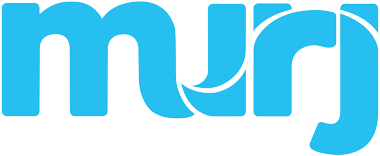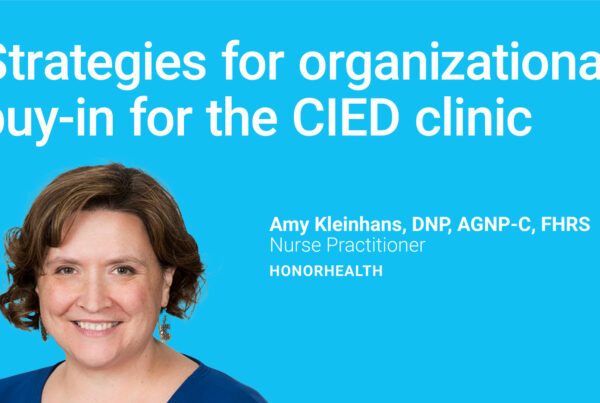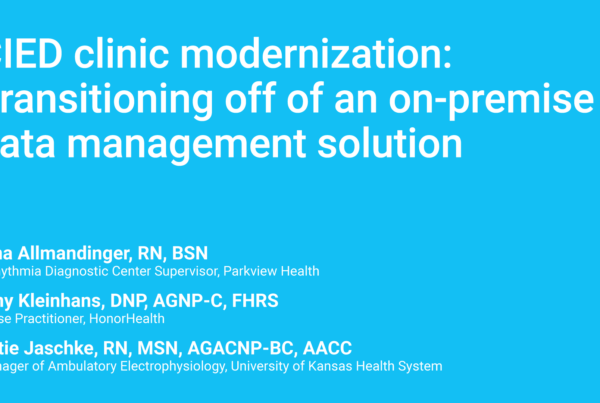Efficient and effective data management in CIED care is more critical than ever. Rapid innovation has produced more complex and capable CIEDs, resulting in an inevitable surge of clinically relevant data. With burgeoning patient populations and growing data burdens, clinics must adopt advanced software solutions to manage these challenges effectively.
Traditionally, CIED clinics have turned to on-premises (“on-prem” in tech speak) software solutions like Paceart Optima to manage CIED monitoring data. An on-prem software solution is installed and run on a healthcare organization’s internal technical infrastructure, meaning the organization is responsible for purchasing, managing, and maintaining the software on its servers.
For years, on-prem software solutions were standard across industries for managing critical data and operations, offering organizations direct control over their infrastructure and security. However, they come with several key limitations:
- Hardware dependencies—On-prem solutions are limited by their reliance on specific hardware, which can become outdated and challenging to upgrade.
- High maintenance costs—Regular maintenance is required, which can be costly and resource-intensive.
- Time-consuming updates—Software updates often disrupt normal operations, making it difficult to maintain smooth workflows.
- Lack of flexibility and scalability—These systems often struggle to handle increasing data volumes and can’t easily scale or adapt to changing needs.
- Limited access and collaboration—Real-time access and collaboration across multiple sites are often difficult to achieve.
Enter cloud-based CIED management software: a transformative solution that streamlines data management and accessibility while enhancing compliance, scalability, and patient care. Cloud-based solutions offer several advantages over traditional on-prem systems:
- Remote hosting—Hosted on remote servers and accessible via the internet, cloud-based systems eliminate the need for local hardware.
- Vendor-managed infrastructure—An external vendor handles hardware and software management, relieving healthcare organizations of maintenance responsibilities.
- Multi-site accessibility—The software can be used across multiple clinic locations.
- Automatic updates—Regular updates are handled by the vendor, reducing the disruption to clinic operations and ensuring timely access to the latest features.
- Cost-effectiveness—Lower upfront costs and reduced need for ongoing hardware investments make cloud-based solutions more financially accessible.
- Scalability—Cloud-based software easily scales with clinic growth, accommodating increasing data volumes and expanding patient populations.
This setup allows CIED clinics to focus more on patient care and less on the technical complexities of managing their software.
By leveraging cloud-based CIED management solutions like Murj, clinics can ensure continuous updates, robust data security, and seamless integration with other digital health platforms. The cloud affords clinics the scalability necessary to handle growing patient data and improves patient care through real-time data access and analysis.
Harnessing the power of a cloud-based CIED data management solution
As CIEDs become more advanced and patient data grows, clinics must move on from traditional, on-prem software to modern, cloud-based solutions to handle the increasing demands. However, adopting new technology can be challenging, particularly in larger healthcare systems where aligning diverse stakeholder interests, as well as managing specific IT requirements and staffing arrangements, can complicate the transition.
During a recent virtual peer-to-peer education session, Tina Allmandinger, RN, BSN, Arrhythmia Diagnostic Center Supervisor at Parkview Health in Fort Wayne, Ind., outlines her 5,000+-patient clinic experience migrating from Paceart to Murj.
Watch Almmandinger’s session recording below and read on for key insights into Parkview’s successful migration to Murj, and how it improved clinic operations and patient care.
The journey to Murj
Allmandinger details several challenges faced when implementing Murj as its cloud-based CIED management software at Parkview, including financial and IT resource constraints, resistance from staff accustomed to old workflows, and concerns about billing practices. Securing management support was crucial, and the decision-making process was complex due to the need to evaluate multiple platforms. The clinic also struggled with time constraints, as staff was already overwhelmed with existing workloads.
To address these challenges, Parkview’s implementation strategy involved thoroughly assessing its current system’s limitations, persistent advocacy to secure stakeholder buy-in, and comprehensive educational campaigns for staff and billing teams.
Post Murj implementation, Parkview has seen substantial benefits, including improved operational efficiency and a more manageable workload for staff. These improvements have enhanced patient care and allowed for better staff work-life balance.
Seven months after we went live with Murj, I went on a beach vacation. It was the first time that I went on a vacation and didn’t take my laptop, didn’t perform any type of work, and wasn’t concerned about what I was going to come home to because of the organization and the efficiency that we had put into place.
Challenges of implementing a cloud-based CIED management solution
Parkview faced several primary challenges before and during its transition to Murj as its cloud-based CIED management system:
- Financial constraints—Limited funding for new technology meant staff were often asked to do more with fewer resources, stretching their capabilities and adding strain to day-to-day operations.
- Lack of priority IT support—The Arrhythmia Diagnostic Center wasn’t directly tied to specific physicians, which led to inadequate IT attention. This made it harder to address technical issues with existing on-prem solutions, impacting clinic operations and patient care.
- Staff resistance—An “old school” mentality among staff led to hesitation in adopting new technology. Persistent education and communication were necessary to shift mindsets and encourage the switch to a cloud-based solution.
- Securing management support—Gaining leadership buy-in required active and ongoing engagement. A compelling case had to be presented, highlighting both clinical and operational benefits.
- Choosing a vendor—Selecting the right vendor was a complex and time-consuming process, requiring thorough research and careful evaluation to ensure the chosen solution met the clinic’s needs.
- Time constraints—The team was already overwhelmed with existing workloads, making it difficult to allocate time for training and implementation. Balancing day-to-day responsibilities with the demands of a new system added significant pressure to the process.
I think the biggest thing that we had to overcome was that ‘old-school’ mentality. ‘This is how we do it,’ ‘This is how it’s worked,’ ‘Why would we change?’ Changing that mindset was one of our toughest challenges.
Strategies for implementation
To overcome the challenges faced before and during Parkview’s Murj implementation, Allmandinger outlines several key strategies:
- Addressing financial and IT resource constraints—Parkview conducted a thorough assessment and needs analysis. This process involved evaluating Paceart, their existing data management system, to identify limitations, inefficiencies, and delays in data processing and compliance. The clinic clearly outlined desired outcomes and capabilities, emphasizing the need for a robust and automated platform that could deliver long-term efficiencies and reduce manual tasks. Murj met these criteria.
- Combating staff resistance and ensuring organizational support—Parkview engaged key stakeholders early in the process. They presented a data-driven case to leadership, highlighting Murj’s clinical and operational benefits. By showcasing potential workflow improvements to providers and directly addressing staff concerns, they gradually shifted mindsets and gained the broad support needed for a successful transition. Persistent and clear communication was crucial in this effort.
- Ensuring a smooth transition with comprehensive educational campaigns—Parkview launched educational campaigns to overcome challenges related to time and training. These included training all relevant teams on the new workflows and system benefits, educating billing and coding teams on Murj’s capabilities, and providing ongoing support to address any questions or concerns. This approach eased the burden on staff, making the implementation process more manageable despite their already heavy workloads.
We really had to know what it was we were talking about and present that education and make everybody understand that even though we’re doing all this work, we’re missing a lot of the opportunity.
I am nothing if I am not persistent. If you don’t ask, the answer is always going to be no. And sometimes even if you do ask, the answer is still going to be no. But if you’re driving towards the quality of care that you’re looking for, you’ve got to be persistent. Maybe the answer is no today, but tomorrow it may be yes.
Post-implementation benefits
After transitioning to a cloud-based CIED management solution, Parkview experienced several tangible benefits. One of the most significant was the increase in remote patient monitoring, with the percentage of patients enrolled jumping from 53 percent to 98 percent. This change ensured more consistent monitoring, leading to improved patient care. With a higher rate of patients monitored remotely, the staff can track patient data more regularly, leading to timely interventions and more personalized care.
The new platform also improved efficiency and organization by better managing patient data and streamlining workflows. This resulted in fewer manual tasks, allowing staff to dedicate more time to patient care. As a result, the clinic maintained a consistent standard of care compliance score of 97 percent, highlighting the system’s reliability in managing patient data and workflows.
Additionally, the increased efficiency contributed to a more manageable workload for staff, promoting a better work-life balance. With improved data management and higher compliance, the clinic could complete tasks more efficiently, reducing stress and allowing staff to focus on patient care instead of getting bogged down by administrative duties.
We’ve been very consistent with [our compliance score] and ultimately that leads to better patient care. I truly believe that we actually have time to look at the data that’s coming in. It’s not just checking off a box and saying, ‘Oh, I got the device check done.’ It’s looking at that data and how that applies to that patient’s situation at that time.





